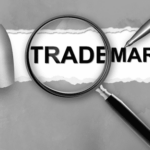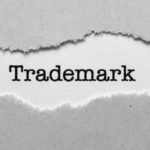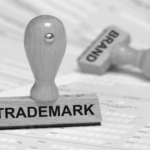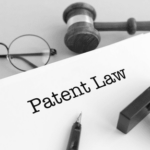Introduction
It’s a well-known fact that Amazon is one of the largest companies in the world. Millions of product options are available to be sold on Amazon and everyone (probably) has shopped and purchased one thing or another from Amazon in their life. The funny thing about Amazon that you may (or may not) have noticed is that, along with the big-name brands, there is an abundance of brands that no one has ever heard of. Unless you’re on Amazon, you would never hear of brands like “Tigowos”, “JMIERR”, “NITAGUT”, and “OXO”, which sell products ranging from phone cases to kitchen appliances. They don’t have stores or corporate offices. What they are is a clever scheme designed as a loophole-like mechanism around Amazon’s policies and they have been wreaking havoc on Trademark law and the United States Patent and Trademark Office (USPTO).
Amazon’s Policies
In order to understand why these brands exist, it is important to understand the policies that inspired their creation. Amazon still follows its original plan of buying bulk items, storing them in its warehouses, and reselling them. But Amazon also allows others to sell outside products on Amazon through Amazon Marketplace. Many of these products have nothing to do with Amazon. Other than buying them on the Amazon website, such products have no ties to the company whatsoever. There are also some products that fall somewhere in between where Amazon may ship another company’s product or store another company’s product for them.
In order to help maintain quality control on these outside products, Amazon started requiring outside sellers to register their brands with Amazon prior to selling their products. In order to register with Amazon, having a Registered Trademark with the USPTO is required. Amazon did so with the assumed hope that the USPTO would be able to help Amazon’s quality control by not registering companies with bad products. This is where problems started to accrue.
Trademarks And The USPTO
Getting a Trademark with the USPTO requires a few things. A Trademark application must identify the source of goods or services, and not be confusingly similar to another Trademark that sells similar goods or services (i.e., it must be distinctive). There are obviously other requirements, but these are the big ones. The more obscure or unique a name is, the better the chance of getting a Registered Trademark on the first try. This is because most reasonable people or companies tend to use pronounceable words and names like “Target”, “Amazon”, or “Jimmy Johns” for their Trademark applications. Random letters jumbled together will usually meet the distinctiveness requirement easily and will get registration without pushback from the USPTO, meaning the Trademark application will be processed as fast as possible.
Since this trend has taken off, the number of Trademark applications with the USPTO has grown exponentially. The number of applications increased by 172% from December 2019 – December 2020 alone. This has not made the USPTO happy at all. They are now drowning in Trademark applications. In fact most applications now have a wait time of 9-12 months before they are even examined. The US Congress (specifically the House Judiciary Committee) has had to step in and look at the problem, but as of now, nothing has been done.
The Success Of These Brands
Why have these random brands been so successful? Well if you take a look on Amazon, you will see that most of these random brands sell products that an average consumer wouldn’t really care where they come from. No one wants to buy a home security system, a phone, or a computer from some random company like ESOINJ (I just made that name up). But who really cares about where a wooden spoon, a pen, or a phone charger comes from right?
Conclusion
Here are a few things to consider
- If you sell goods or services, you might want to consider a Trademark to protect your brand. This is especially true if you sell your goods and services in multiple states.
- If you want to sell on Amazon, you definitely need a Trademark.
- As long as you meet the requirements of a Trademark, the quality of the Trademark has been shown to be less and less important.
Keeping the above in mind, we always recommend quality over quantity in obtaining Trademark protection. If you have questions about your brand and obtaining Trademark registration, contact our Intellectual Property team at SW&L Attorneys.










